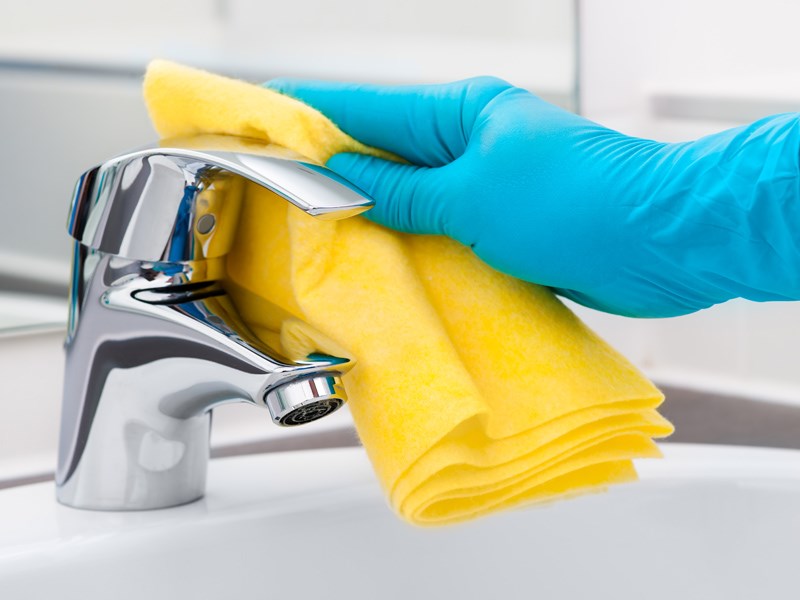For the last couple of months, we have all heard about coronavirus and its potential to spread throughout the world.
You may have experienced some of the consequences of coronavirus too: stores out of toilet paper and hand sanitizer, schools closing down, and major entertainment events postponed. Powell River certainly has its share of lineups, grocery hoarding, and fear of the unknown all stemming from not being able to predict the consequences of the situation.
Many of us receive countless emails, phone calls, Facebook advertisements, trying to implement extra-vigilant cleaning and health and safety procedures, encouraging us to wash our hands, not touch our faces, keep social distance, no hugging, no hand shaking, avoid large crowds, et cetera.
We don’t have any control over what goes on worldwide, but we do have control over how clean we keep our home and possessions, especially now. So, how confident do you feel that your home is pretty clean? Have you disinfected the kitchen and bathroom to make any dangerous bacteria disappear?
While our kitchen counters can appear clean, that doesn't necessarily mean that they are clean. Keeping your home clean is even more important if you have pets. If your lovely cat jumps on your kitchen counter after doing her business in the litter box, your counter is not fit to have food on.
There are other places we should clean and disinfect as well: doorknobs, light switches, remotes, faucet handles, keyboards, cell phones, car door handles, steering wheel or anything people touch.
There is a big difference between cleaning, disinfecting, and sanitizing, even with the order in which they should be done. Always clean before you disinfect.
Cleaning involves some kind of all-purpose cleaner, hopefully a non-toxic one. These cleaners lift up the sticky or greasy messes like juice or grease that have collected on the countertops, or the toothpaste and soap scum in the bathroom sink.
Sanitizers and disinfectants are terms that often get used interchangeably. However, they are different. Sanitizers reduce the bacteria by significant numbers, but do not extinguish or eliminate all bacteria.
Disinfectants destroy or deactivate nearly all bacteria, moulds, and viruses, although not necessarily contagious microorganisms.
A real disinfectant should kill about 99.9 per cent of the germs on a surface. Most of us have some sort of disinfectant in our cleaning collection. Now the question is: Are you using your disinfectant correctly? To be effective, most disinfectants need to sit on the surface for five to 10 minutes before you wipe them off.
Because of our busy schedules and impatience, most of us just spray, wipe and run. I hate to break the bad news, but you cannot disinfect by spraying and immediately wiping your counter or sink.
Having a fear of getting coronavirus should be a lesson for all of us to take better care of our home and health. Disinfecting your horizontal surfaces in your home should be a big part of your spring cleaning.
Keep calm and safe.
Ranka Burzan owns a professional organizing company based in Powell River and has written several books on reducing clutter and becoming more organized. For information, go to solutionsorganizing.com.



